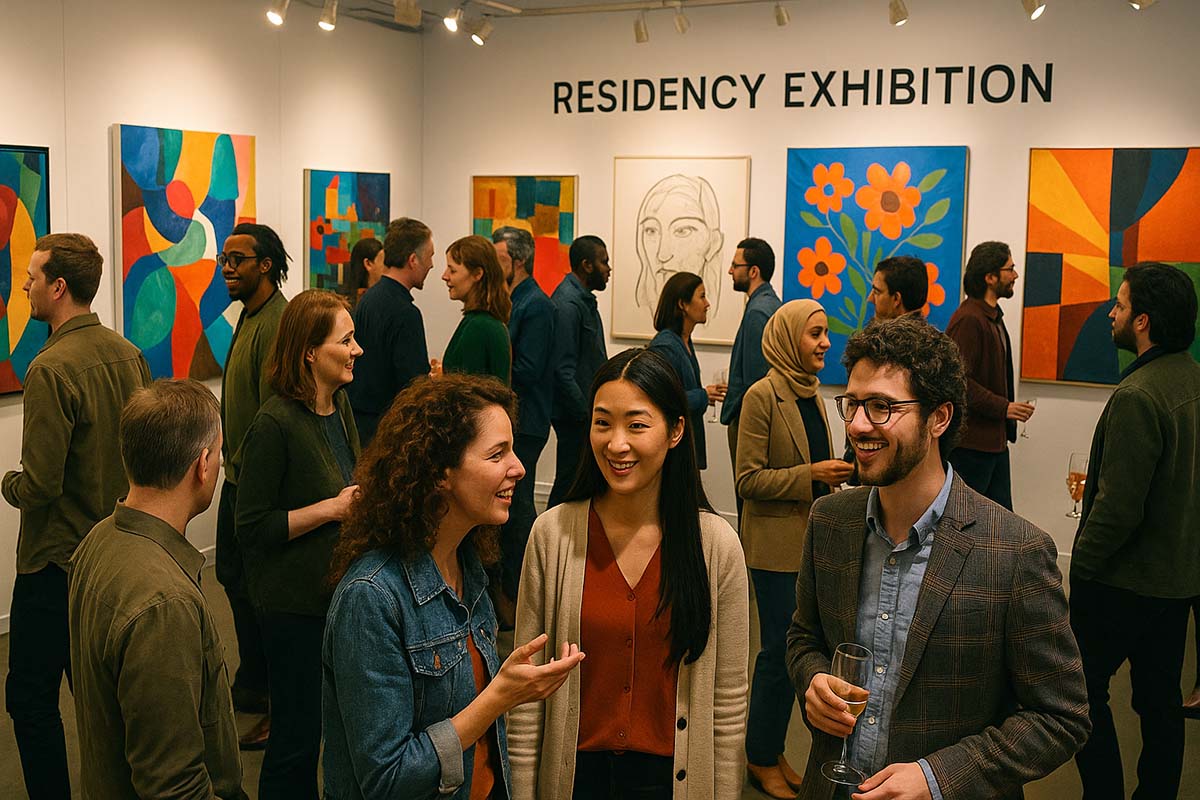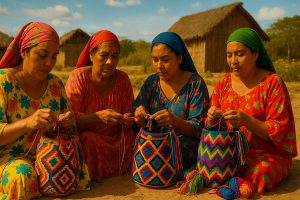
Art Residencies for Regional Applicants
For many creative individuals, being accepted into an art residency feels like a major breakthrough. These programs offer time and space to focus on one’s craft while forming lasting connections with artists from different backgrounds. For those living outside cultural hubs, residencies create unique chances to gain exposure, find mentors, and develop skills that may not be accessible in their local environments.
Article Overview
• Why art residencies matter to regional applicants
• How to choose the right program globally
• Benefits and challenges of participating in residencies
• Examples of inclusive residency programs
• How to prepare, apply, and maximize the experience
Why Art Residencies Matter to Regional Applicants
Art residencies encourage deep exploration and experimentation. Whether you work in painting, sculpture, digital media, or performance art, the ability to create without distraction can reshape your practice. For artists in remote areas, these programs provide access to equipment, facilities, and networks that are otherwise unavailable.
Beyond resources, the cultural exposure is equally valuable. Residents learn from one another. Group critiques, collaborative projects, and communal living situations foster an atmosphere where creativity thrives. Discussions over meals or during walks can spark new directions in your work.
One artist from Southeast Asia shared how attending a three-month program in Norway transformed her creative identity. She gained confidence, revised her approach to color, and eventually curated her first international solo exhibition.
Choosing the Right Residency Program
Before applying, clarify what you hope to achieve. Is your goal to complete a body of work, try new materials, or explore a specific idea? Some residencies support intensive individual research, while others emphasize community engagement.
Important Factors to Consider
- Program Focus: Does it support your discipline or medium?
- Facilities: Are studio spaces and tools available for your needs?
- Support Services: Will you receive mentorship or critiques?
- Duration: Do you prefer short-term stays or extended residencies?
- Funding: Is there financial support for travel, accommodation, or supplies?
Understanding these aspects helps avoid mismatched expectations and ensures that your time is well spent.
What Artists Gain from Residencies
The outcomes go beyond completed works. Residents often return with new perspectives, lifelong collaborators, and a broader audience. These gains come in many forms:
Personal and Artistic Growth
- Focused time for experimentation and reflection
- Cross-cultural exchanges with fellow creatives
- Opportunities to develop new techniques or merge disciplines
- Renewed motivation and vision after working in isolation
Professional Development
- Portfolio enrichment through exhibitions or open studios
- Greater visibility through features, catalogs, and interviews
- Contacts with curators, gallerists, and potential funders
- Letters of recommendation or future invitations
Each residency has its own structure, but most include events where residents share their progress with the public, offering additional exposure.
Examples of Programs Open to Regional Artists
Many programs now actively welcome artists from diverse geographic backgrounds. Below are some that value inclusion and cross-border exchange:
1. Nordic Arts Residency (Finland)
This program supports multimedia and traditional artists. Funding is available for travel and daily expenses. With participants from Europe and Asia-Pacific, cultural exchange is a key aspect.
2. Residency Unlimited (United States)
Based in New York City, this program offers studio access, mentoring, and public exposure. Artists from any region can apply, and the selection committee looks for clarity of vision over formal education.
3. Tropico Arts Residency (Brazil)
Set in the Amazon, this residency focuses on ecology and cultural heritage. It includes community-based workshops and supports artists interested in environmental storytelling. Participants live in close contact with local people and natural surroundings.
4. ACC Fellowships (Asia Culture Center, South Korea)
This program offers housing, stipends, and collaborative opportunities. It’s open to emerging artists across Asia and invites experimentation at the intersection of art, technology, and culture.
Tips for Crafting a Strong Application
A compelling application should clearly express who you are, what you plan to do, and why it matters. Here’s how to stand out:
- Submit a clean, organized CV with recent achievements
- Present high-quality images or videos of your best works
- Write a proposal that connects your goals with the residency’s focus
- Outline how you intend to use your time and space
- Describe any past experiences with collaboration or public engagement
Your tone should be sincere and confident. Avoid jargon, and focus on how the program aligns with your personal and artistic development.
Common Challenges and How to Overcome Them
While rewarding, residencies also present challenges, especially for regional applicants. Some of the most frequent include:
Financial Barriers
Costs can include flights, supplies, and visa fees. Many artists apply for travel grants, government funds, or crowdfunding support. Some residencies offer partial or full scholarships, so check application details closely.
Language and Cultural Adjustments
Living in a new country may require adapting to different customs or communication styles. Research ahead of time and seek advice from past participants. Programs with language support or cultural briefings can help ease the transition.
Visa and Bureaucratic Hurdles
Delays in paperwork are common. Begin early and maintain contact with the host organization. Having a letter of invitation and detailed itinerary strengthens your application for travel documents.
First-Hand Stories That Inspire
Elena, a digital artist from Turkey, joined a residency in Japan focused on traditional techniques. She combined ink brushwork with animation and created a new visual language. Later, her work was featured in two group shows and published in a contemporary art magazine.
In another case, a sculptor from Kenya attended a ceramic residency in Hungary. Without access to kilns back home, he was able to refine his technique and even train others after returning.
These examples highlight how residencies can expand practice, open doors, and reshape careers.
Post-Residency Reflections
After completing a residency, it’s helpful to evaluate what you gained. Keeping a visual diary, writing short essays, or creating a zine can help document your journey. Artists often report shifts in both their confidence and direction.
Some share their outcomes through:
- Virtual exhibitions
- Artist talks
- Social media portfolios
- Local workshops or community events
These efforts not only complete the experience but help others learn from your path.
Staying Connected and Building Momentum
Relationships built during residencies often last for years. Staying in touch with fellow residents, mentors, or program staff keeps your network active. Many programs also invite alumni back for new projects, juror panels, or collaborations.
Consider joining online groups or newsletters tied to your residency. These often list open calls, exhibitions, and funding opportunities.
Comparing Local and International Options
Local residencies may be easier to access and offer lower costs. They’re great for artists who prefer to stay close to home or want to build a local audience. International programs, however, offer new environments and greater reach.
A smart approach is to mix both. Begin locally to build experience, then aim for global programs when ready.
Tailoring Your Portfolio for Different Audiences
Each residency values different qualities. For digital artists, include web links and video documentation. For visual or performance artists, clean photos with short captions work best. Make sure your artist statement matches the tone and focus of the program.
What This Opportunity Can Mean for You
Art residencies do more than offer studio space—they reshape careers, connect people, and inspire lifelong learning. For regional applicants, they represent access to new resources, visibility, and creative growth. With careful preparation and the right mindset, these experiences can become the cornerstone of your artistic journey.

